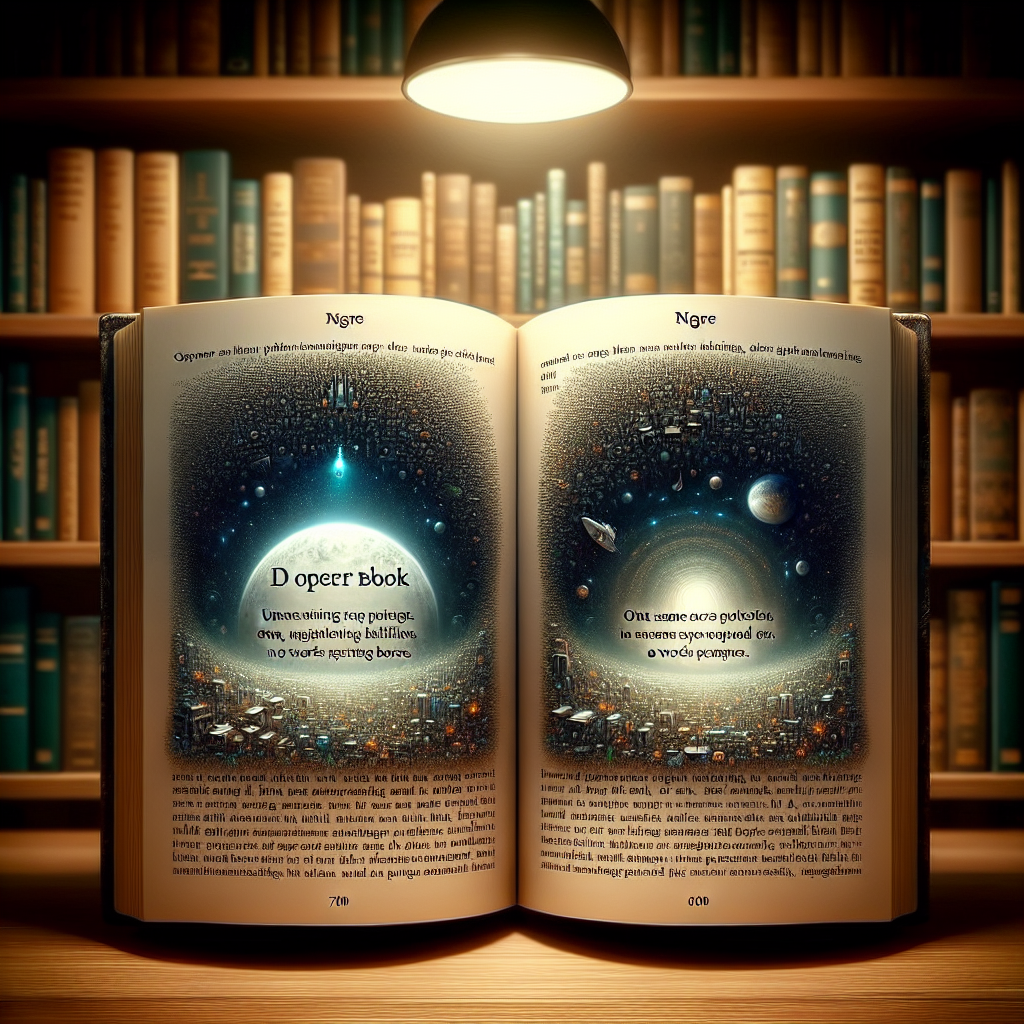Imagine for a moment being a honeybee. You aren’t granted the profound eloquence of human language or even the primal roars and melodic calls which creatures like lions or birds use to communicate. However, honeybees are no less intricate in their communication methods. This article shines a light on the fascinating world of honeybee language, hereby called ‘Apispeak’.
Every bee in the hive has a role, and specific duties are associated with each one. Worker bees, drones, and the queen all use Apispeak to collaborate and ensure the survival of the colony. This organizational prowess is on full display through the dance language of the worker bees.
Worker bees are the foragers of the honeybee collective. Upon finding a promising flower field, a worker bee will return to the hive and perform a peculiar ritual – the “waggle dance.” This dance acts as a directional map, crafted in movement, showcasing the route to the newfound feast. Its direction, duration, and intensity are coded instructions, with the sun as a reference point.
First described by Karl von Frisch in 1946, the waggle dance has amazed and puzzled scientists for decades. The language of these movements can direct bees over several kilometers with extraordinary precision. This means that a bee can relate complicated geographical information without a single utterance, nearby bees learning the dance can read these silent directions and take the exact path to the flower field.
But how can bees understand these movements in the utter darkness of the hive? It’s all about vibration. The dancing bee shakes its body rapidly from side to side, generating specific vibration patterns that others can interpret. Honeybees can perceive these signals through their legs, much like how we humans feel the bass at a music concert.
Apart from the waggle dance, honeybees use other forms of communication as well. The round dance, for instance, is used to convey the availability of food sources nearby. They also utilize pheromones for communication, like the queen bee releasing a particular pheromone that assures her worker bees of her existence.
Honeybee communication goes from, the intimate and tactile waggle dance, to the chemically complex and odoriferous pheromones. These are languages profoundly intertwined with vivid sensory experiences. Could it be that the honeybees’ sensorial world is as rich, nuanced, and immersive as our human one even without the involvement of words and voices?
In the face of increasing global threats to these incredible pollinators, understanding Apispeak is not merely an intellectual curiosity. It has considerable practical implications as well. For instance, the dance language of bees could give us early warnings about environmental changes that impact our agricultural systems.
The intricacies of Apispeak don’t just shed light on a complex language system among insects but also represents the remarkable adaptability of life. We humans, always fascinated by words and sounds, have much to learn from the silent, rhythmic language of these humble insects. It calls for a broader understanding and deep appreciation of the myriad ways the natural world communicates, which, in its own unspoken ways, is stunningly ardent and eloquently expressive.
So, the next time you spot a honeybee buzzing, take a moment to reflect on the fascinating world of Apispeak. The rhythmic dance, the release of pheromones – all could well be an exotic tale buzzing around you. In the grandeur of nature’s communication systems, the honeybees spin their own touchingly profound and silent symphony that remains enigmatic and intriguing to us.

Leave a Reply